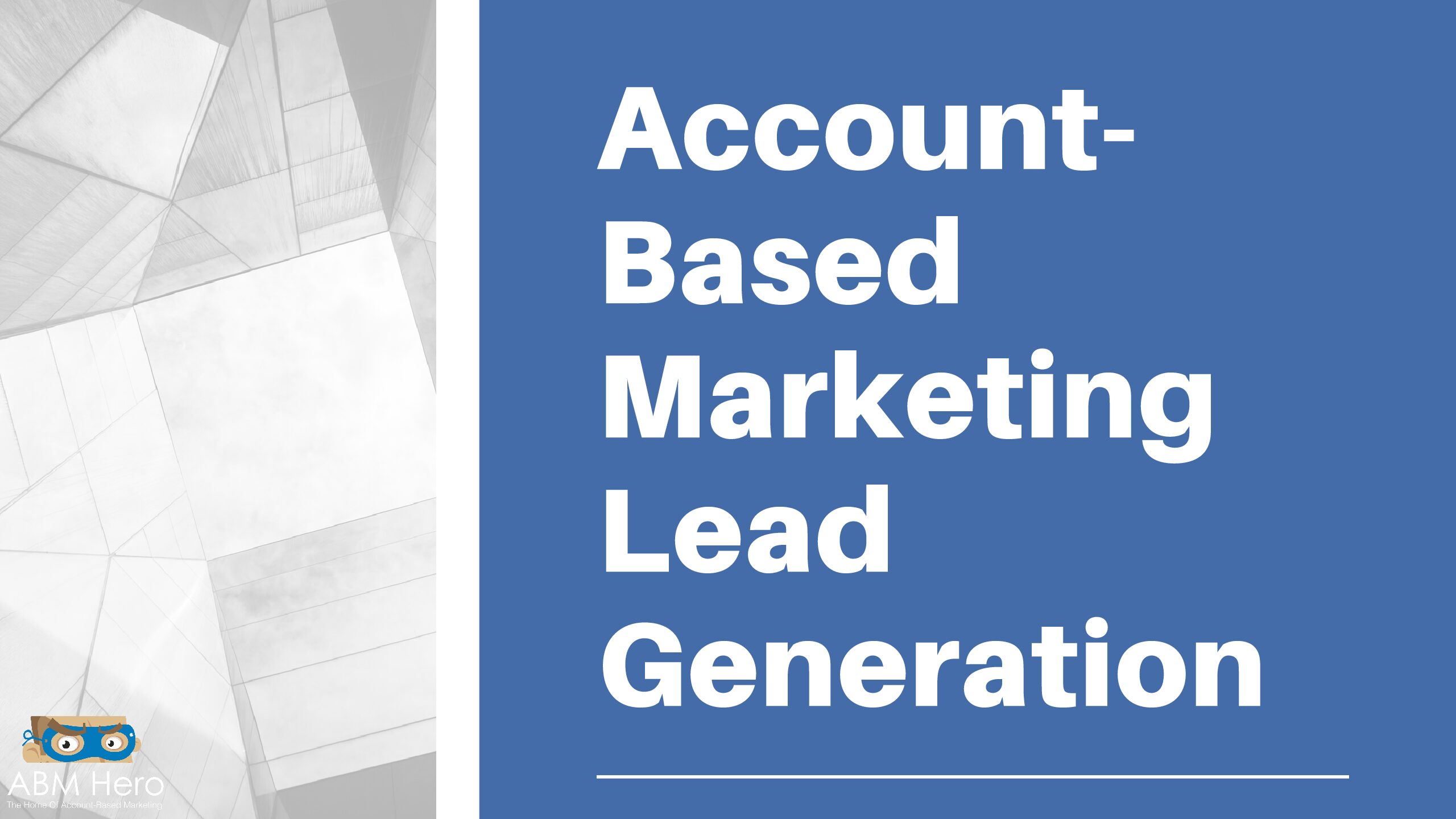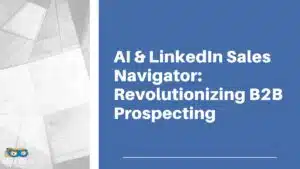What is Account-Based Marketing and how does it affect Lead Generation?
Account-based marketing is a customer-centric marketing strategy for lead generation and customer retention.
Traditional marketing processes cast a wide net and aim to capture as many leads as possible, before qualifying them at a later time. Whilst this method can generate leads for your business, 79% of these leads will never convert into sales.
Account-based marketing inverts the traditional marketing funnel, by focussing resources on a specific group of accounts, which are qualified and targeted, before the marketing process begins. In targeting these specific accounts, businesses can tailor their marketing efforts to generate more quality leads. This process is also beneficial to retain current customers and build client relationships.
The reason ABM is so effective is because marketing is personalised to the individual account or company. This means that you are more likely to get a positive response and increased conversion on the leads that you generate.

The Benefits of ABM Lead Generation Compared to Traditional Lead Generation Methods
Today, 94% of businesses employ account-based marketing. Counter-intuitively, to be able to target a key group of specific accounts, ABM uses up more time and resources than traditional marketing processes. However, when ABM sees an increased return on investments it seems well worth the effort – 85% of marketers who measure ROI, describe ABM as delivering a higher returns than any other marketing approach.
Account-based marketing lead generation provides a better understanding of your target market compared to traditional lead generation, which only gives you a generalised idea on prospect behaviour. In this way ABM lead generation can give a better understanding of your clients needs. Understanding your prospects needs is vital in any marketing approach as this allows your business to fill in the gaps with what your product/service has to offer.
Personalising your approach like this means that potential leads are more likely to engage and thus are more likely to convert into a sale. Through targeting and personalisation alone you are already developing stronger customer relationships, even if they don’t turn into a sale conversion as you would have made a lasting first impression. Building strong customer relationships also helps with client retention.
ABM also means that your sales and marketing teams must be aligned. Unlike traditional processes, where sales and marketing work independently of each other, ABM ensures that sales and marketing work in sync to get the most out of your potential leads. 70% of businesses that use ABM say that sales and marketing are mostly aligned, compared to only 51% in businesses that don’t use ABM. Companies are 67% better at closing deals when sales and marketing are in sync.
As previously mentioned, ABM helps to build and develop relationships with your clients. This helps to speed up your sales process, resulting in quicker sales transactions. Account-based marketing also means bigger deals and better sales close rates. Mid-market accounts that use ABM are 166% more likely to close sales, whilst Enterprise accounts are 285% more likely to close. Mid-market accounts also have 40% larger average deal size, with Enterprise accounts having a 35% larger average deal size.
Businesses that use account-based marketing to generate leads see increased revenue (60% of businesses that employed ABM for at least one year saw increased revenue) and increased ROI.

How to implement Account-Based Marketing
- Identify and list your target clients – these are the key accounts that have the most potential to deliver revenue to your business.
- Research these clients to build up an idea of your customers needs and challenges – use prospect data and key market trends to get this information.
- Create and run personal, customised campaigns, targeted specifically for your key clients.
- Measure your customised campaigns and analyse its performance – this helps determine the success of your campaign overall.
How to Add ABM to Lead Generation Initiatives
There are several ways to add account-based marketing to your lead generation initiatives.
- Identify important times of the year for your clients and create a calendar to develop content around. This will help to maximise your investment by increasing the likelihood of your outreach being relevant and valuable to your target clients.
- Make sure that your campaigns are personalised for your clients. Any content and offers in your marketing campaigns should be personal and customised for your specific clients. Create content that is relevant for each potential client and leave small portions of your content that can be customised for each individual business. Your content shouldn’t be all about you or your company, it should be about the client. Think of what your clients biggest challenges are and use your content to explain how you can help them resolve it. Your website can also be personalised to each of your target accounts. There are many elements of a website; such as messaging and images, that can be tailored to your clients.
- Automation and software technology allows you to personalise at scale. Personalised landing pages, retargeting and IP detection are all examples of how software can help you to customise your marketing campaigns on a large scale. CRM automation tools also help your business to track communications and score leads.






Thanks for your blog, nice to read. Do not stop.